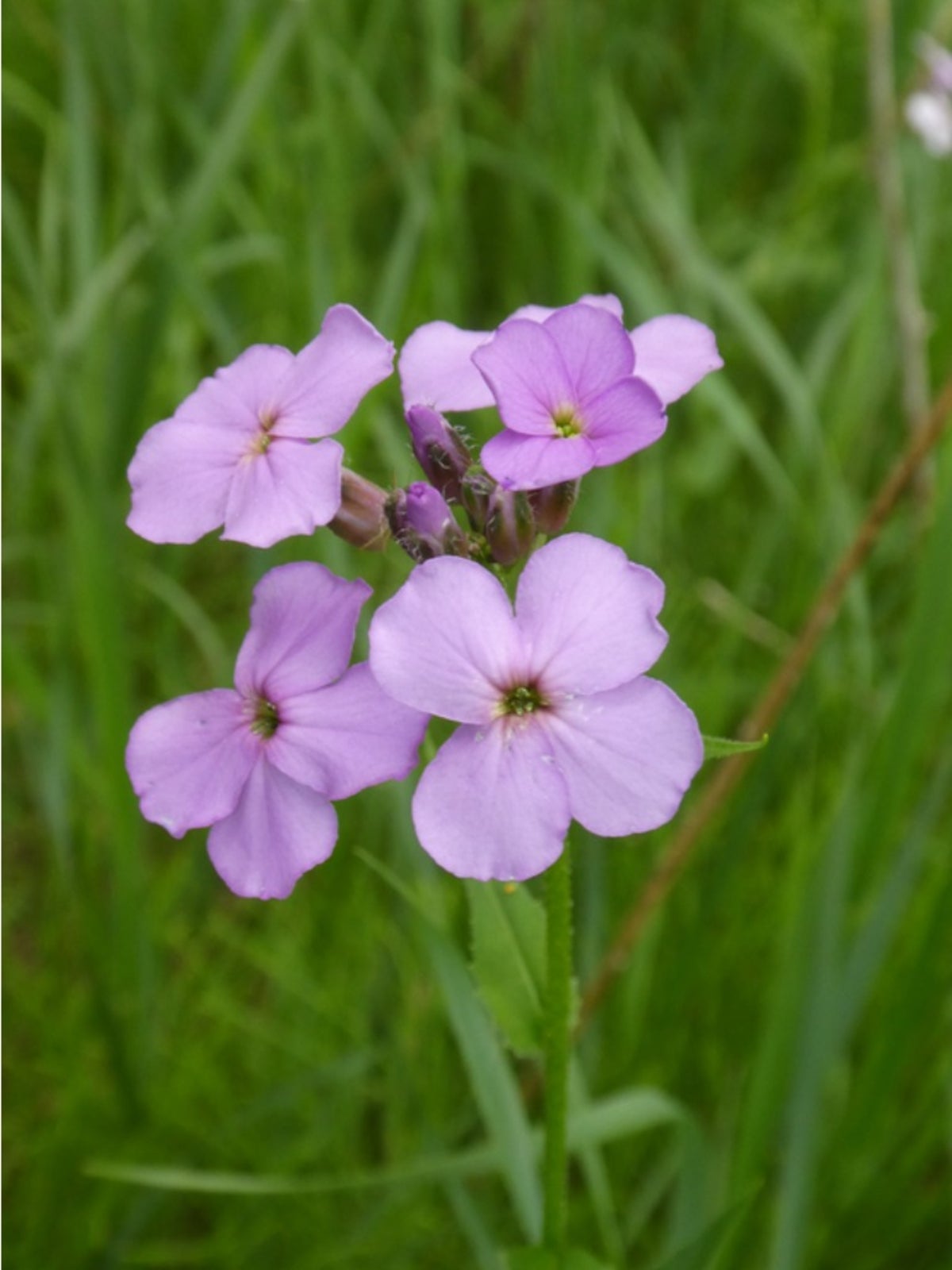Control Dame's Rocket or Sweet Rocket Wildflower
Dame's rocket, also known as sweet rocket and hesperis, may be an attractive flower but it behaves badly in the garden and is considered a noxious weed.


Dame's rocket, also known as sweet rocket in the garden, is an attractive flower with a delightfully sweet fragrance. It is a pretty wildflower that attracts butterflies, but is considered a noxious weed.
The plant has escaped cultivation and invaded wild areas, crowding out native species. It behaves badly in the garden as well, and it is difficult to eradicate once it gets a foothold. Learn more about the control of sweet rocket wildflower.
What are Dame's Rocket Flowers?
So what are dame's rocket flowers anyway? Dame's rocket (Hesperis matronalis) is a biennial or short-lived perennial native to Eurasia. The white or purple flowers bloom from mid-spring through summer at the tips of stalks. The loose flower clusters resemble garden phlox.
Dame's rocket sometimes finds its way into garden beds because of its strong resemblance to garden phlox. The flowers are very similar in color and appearance, but upon close inspection, you can see that dame's rocket flowers have four petals while garden phlox flowers have five.
You should avoid planting the flower in the garden. This may sound obvious, but dame's rocket sometimes sneaks into garden plantings if the gardener isn't alert. Therefore, dame's rocket control is essential.
This noxious weed is an ingredient in many wildflower seed mixes, so check the label carefully before you buy a wildflower mix. The plant may be referred to as dame's rocket, sweet rocket, or Hesperis plant on a wildflower mix label.
Control of Sweet Rocket Wildflower
Controlling dame's rocket requires destroying the plant before it has a chance to produce seeds. When sweet rocket in the garden gets established in an area, the soil becomes infested with the seeds, so you may be fighting the weeds for several years before all the seeds in the soil are depleted.
Sign up for the Gardening Know How newsletter today and receive a free copy of our e-book "How to Grow Delicious Tomatoes".
Pull up these plants and cut off flower heads before they have a chance to produce seeds. If you pull up plants with seed pods on them, burn them or bag and discard them right away. Leaving them laying in the garden or on a compost pile gives the pods a chance to open and disburse the seeds.
If you must apply an organic herbicide, do so in late fall while the sweet rocket foliage is still green, but after native plants have gone dormant.
Consult with an extension service agent or local gardening center before choosing any organic herbicide. Carefully read and follow the label instructions.

Jackie Carroll has written over 500 articles for Gardening Know How on a wide range of topics.